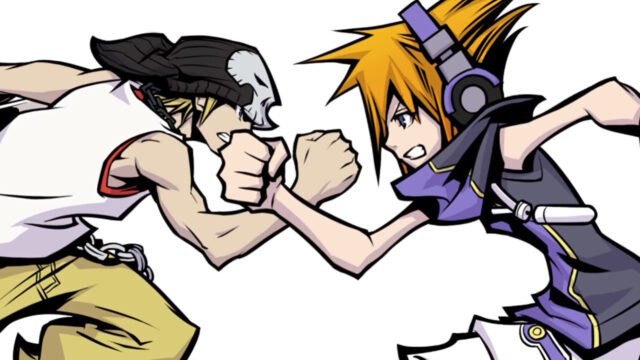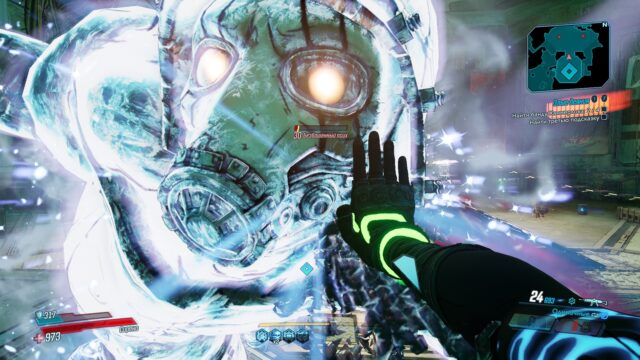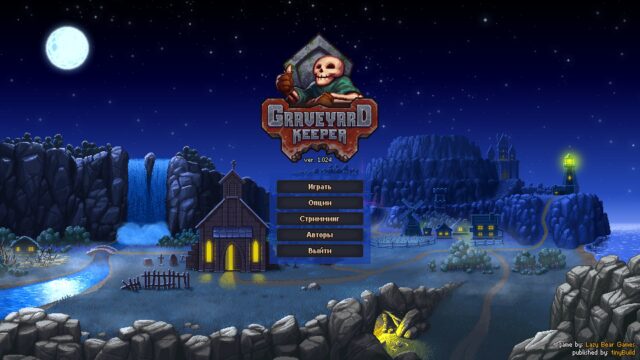Eador: Masters of the Broken World Review

The first thing you encounter in the game “Eador: Masters of the Broken World” is a unique sense of humor that I have only encountered in computer games developed in the former CIS territory. It’s an indescribable mixture of everything with everything, when the text wants to be ironic, sarcastic, play with words, and show off a couple of postmodern allusions at the same time. And all of this, of course, with a national cultural flavor.
And this, perhaps, is the only thing from the golden era of our turn-based strategies that, in my humble opinion, is not worth nostalgic for and should never be reproduced again. Everything else that makes “Eador” rich – yes, that can and should be loved, but the texts…
However, if we don’t take into account the tireless banter described above, the actual text content is quite pleasing. Inside the strategy, they’ve inserted a whole role-playing game, and not a game about distributing strength-endurance points, but about role-playing, um, roles. But you don’t get to that right away – first you have to play a couple of matches and get into the swing of things.
Here you notice that “Eador” is amazingly structured. Seriously, it’s hard to come up with anything better than the local matryoshka after it.
In the campaign, there is, firstly, a healthy chaos – in the sense of Chaos – through which islands of varying juiciness fly. Chaos is arranged simply, but beautifully and tastefully, and the further you play, the more neighbors you will have there, with whom you can even have meaningful conversations.
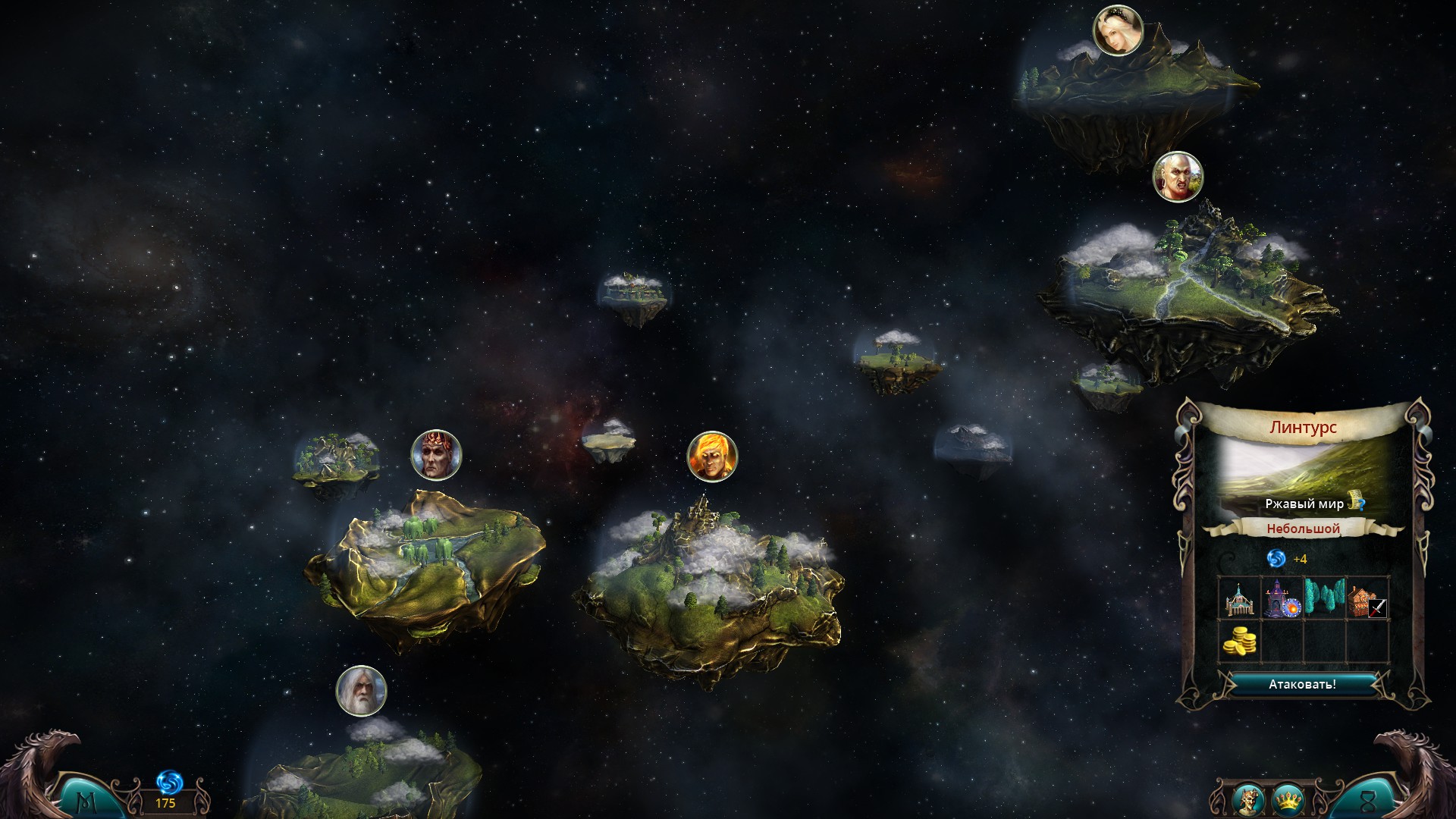
The main task is to capture islands. As it should be, the campaign starts from scratch, without the most powerful units and technologies. We see what secrets and resources each atoll holds and begin to settle the territory. Each individual island is either randomly generated or chosen from a number of pre-made maps, but the essence is the same – even after playing for 200 hours, it is unlikely that you will come across two completely identical battlefields.
To keep things interesting, various modifiers are added to the islands – here, for example, almost no one lives, while there are hordes of barbarians there. Unlike some other games, in “Eador” these things really have a significant impact on the course of the game, and from one mod to another, you will have to change your tactics.
This actually allows for a relaxed gameplay: if you want, you can take a small map for an hour today, if you’re in the mood, you can take a large canvas for four hours. More exploration, less grinding, more active enemies – in 9 out of 10 cases, “Eador” allows you to make a convenient choice for the evening.
After choosing a new “mission,” your headquarters castle and a certain number of provinces grow on the newly opened island. Unlike games like Heroes of Might and Magic or Age of Wonders, in “Eador” almost every cell is a settlement of one race or another. There are also deserts and dead lands, but for the most part, the fragments of Eador are inhabited and developed.
Here comes the third layer of the world, the Exploration of Provinces. After buying a hero and seeing what they can do, you will most likely understand right away that you won’t see fully revealed maps by the tenth turn. The hero themselves is weak, you won’t be able to gather many troops, even if they are the cheapest ones, around them, and they practically walk around the battlefield naked. And experience and equipment in Eador are gained through exploring cells.
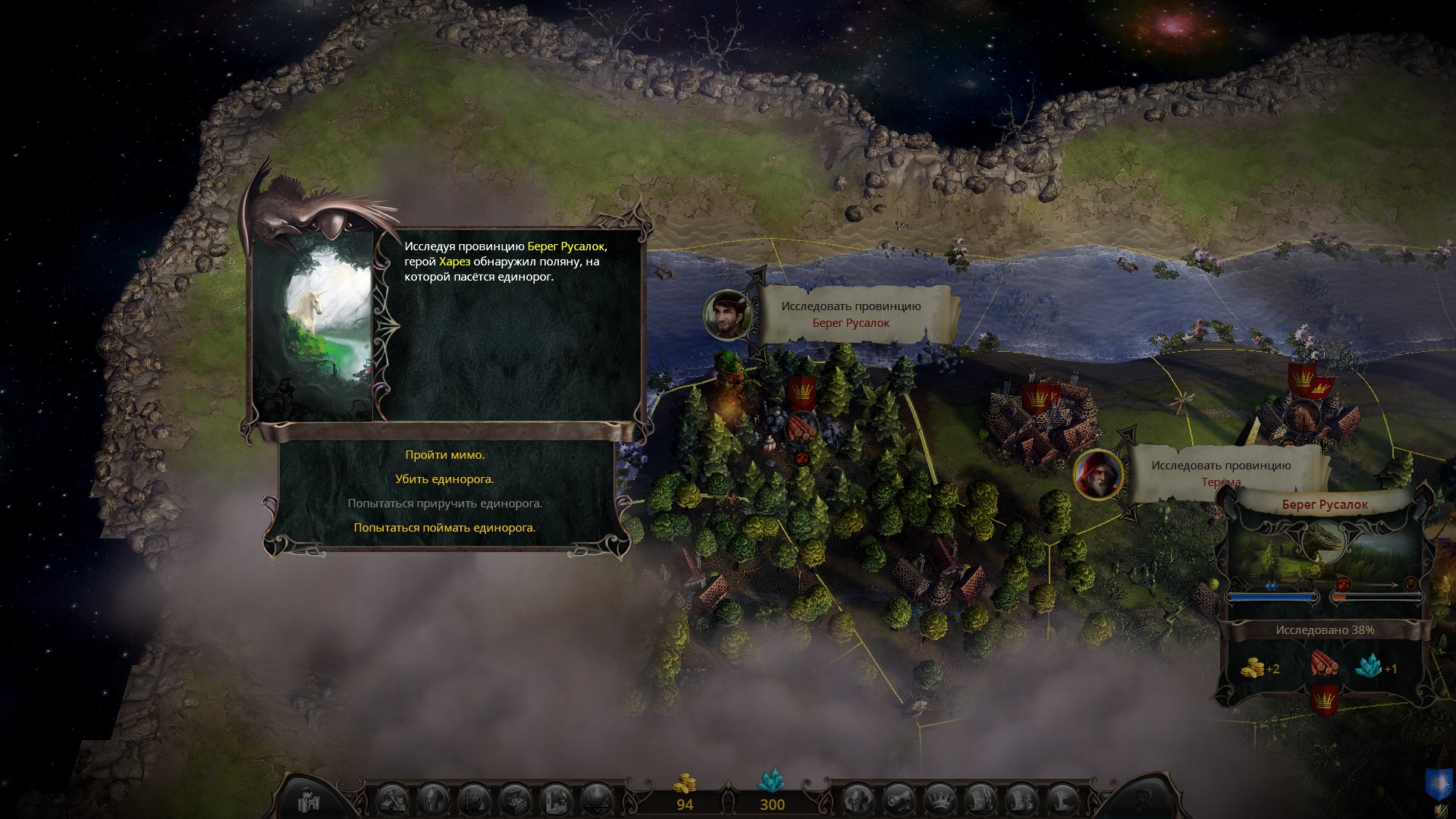
Salt – on absolutely every hexagon on the map there are many different interesting places where you can fight, gain experience with loot, get quests, and so on. This means, firstly, more diverse typical battles with monsters, and secondly, a huge space for optional map exploration. You press the button of the infamous exploration – and forward.
Speaking of buttons. The interface of the game is predictably cumbersome, but you know… Over the years of playing various turn-based strategies, you understand one thing – the interface will always be cumbersome and not very convenient. A good interface can be distinguished from a bad one by one criterion – either you get used to it or not, and something always annoys or confuses you. With “Eador”, you get used to everything, except for one small moment with the “building wheel” that makes you click back and forth. In general, the game interface – with an obvious adjustment for the genre – can be called good.
Of course, besides the Brownian motion of the heroes on the “tactical” map, you can also carry out economic maneuvers. Various buildings can mainly be constructed only in the capital, while different auxiliary buildings are erected in the provinces. But this is all standard, and although it is done conscientiously, it does not arouse much interest. It is much more fun to engage in politics!
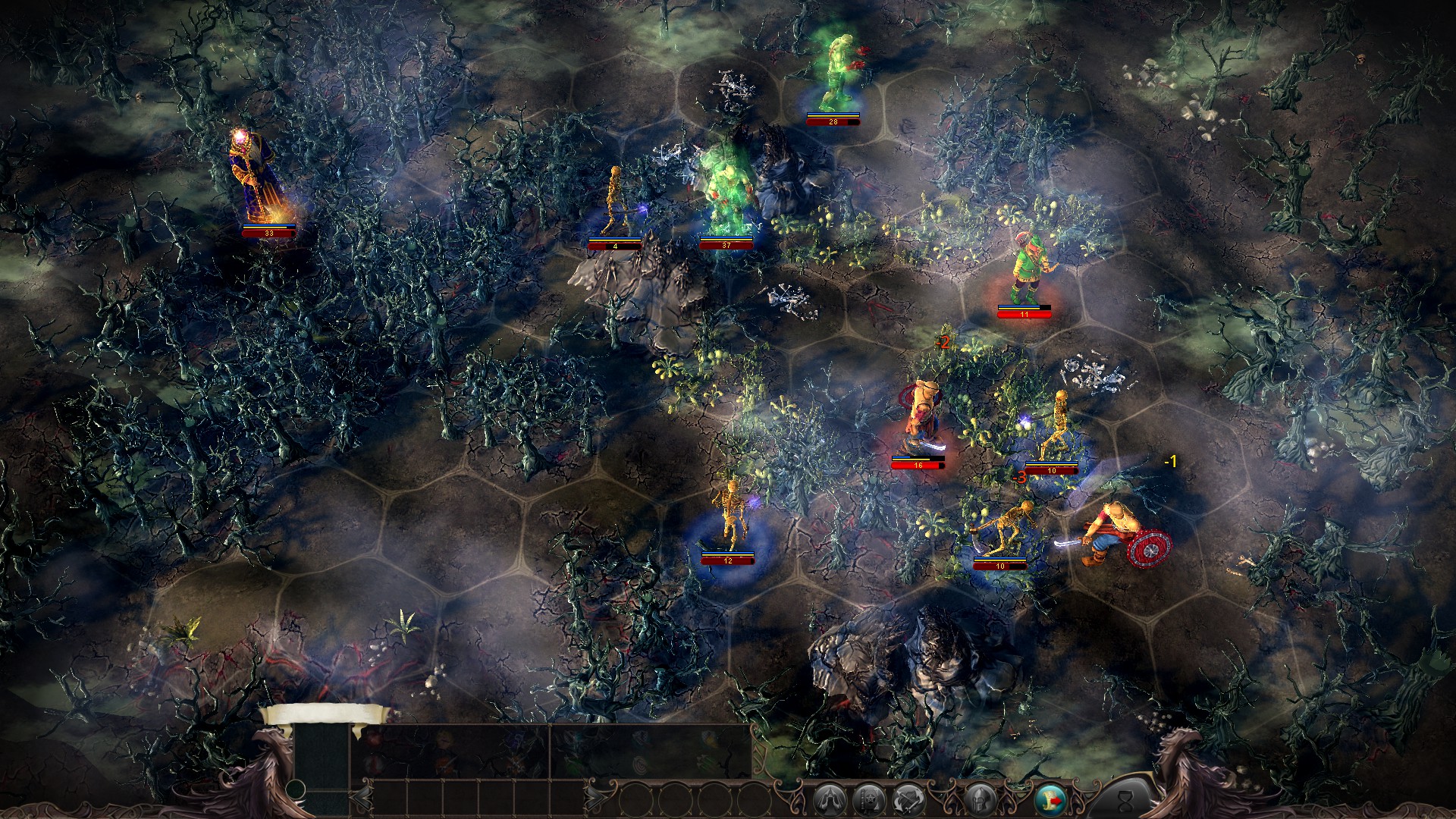
No, seriously, it’s impossible to describe the combination of various tasks to form alliances with different game races, text-based role-playing mini-quests, and varying degrees of cruelty towards dissatisfied provincials as anything other than politics. In the south, goblins are rebelling, a strange shaman has appeared in the capital, caravans of slave traders have decided to pass through the north, the issue of housing needs to be resolved in the province of Liholese, plus something needs to be done about the neighboring great mage, and all of this can be resolved in different ways, depending only on your will and resources, well, and sometimes luck.
Patterns are quickly recognized, of course, and quest-dialogues often repeat, but they only become tiresome after about two hundred hours, plus even the most worn-out role-playing fork in different circumstances can unfold two completely different scenarios, so it doesn’t get boring from repetition.
And the final level is the actual battle arenas. Here everything is simple – imagine that on the field from HoMM 3 (note for those who haven’t played – a flat square map divided into the same hexagons), units from Age of Wonders 2 are fighting (heroes on the battlefield, troops work one unit at a time, for example – two archers equal two units), and you already have a good picture in your head of what’s happening.
The problem with “Eador” is exactly one – regular bugs. Sometimes the turn gets stuck, sometimes the client crashes, sometimes the button doesn’t respond, sometimes something else. In the beginning, after the release on Steam, patches of unclear properties were regularly released, simultaneously fixing some aspects of the code and, in personal experience, breaking others, but it seems that the most annoying glitches remained in “Eador”. Advice: if you can’t finish your turn in battle, turn on and immediately turn off auto-battle, and the client will unfreeze. However, unfortunately, if this bug occurs at the very end of the battle, nothing will help. Plus (or rather, minus), loading and replaying the battle won’t save the situation – the bug will reproduce in ten out of ten attempts.
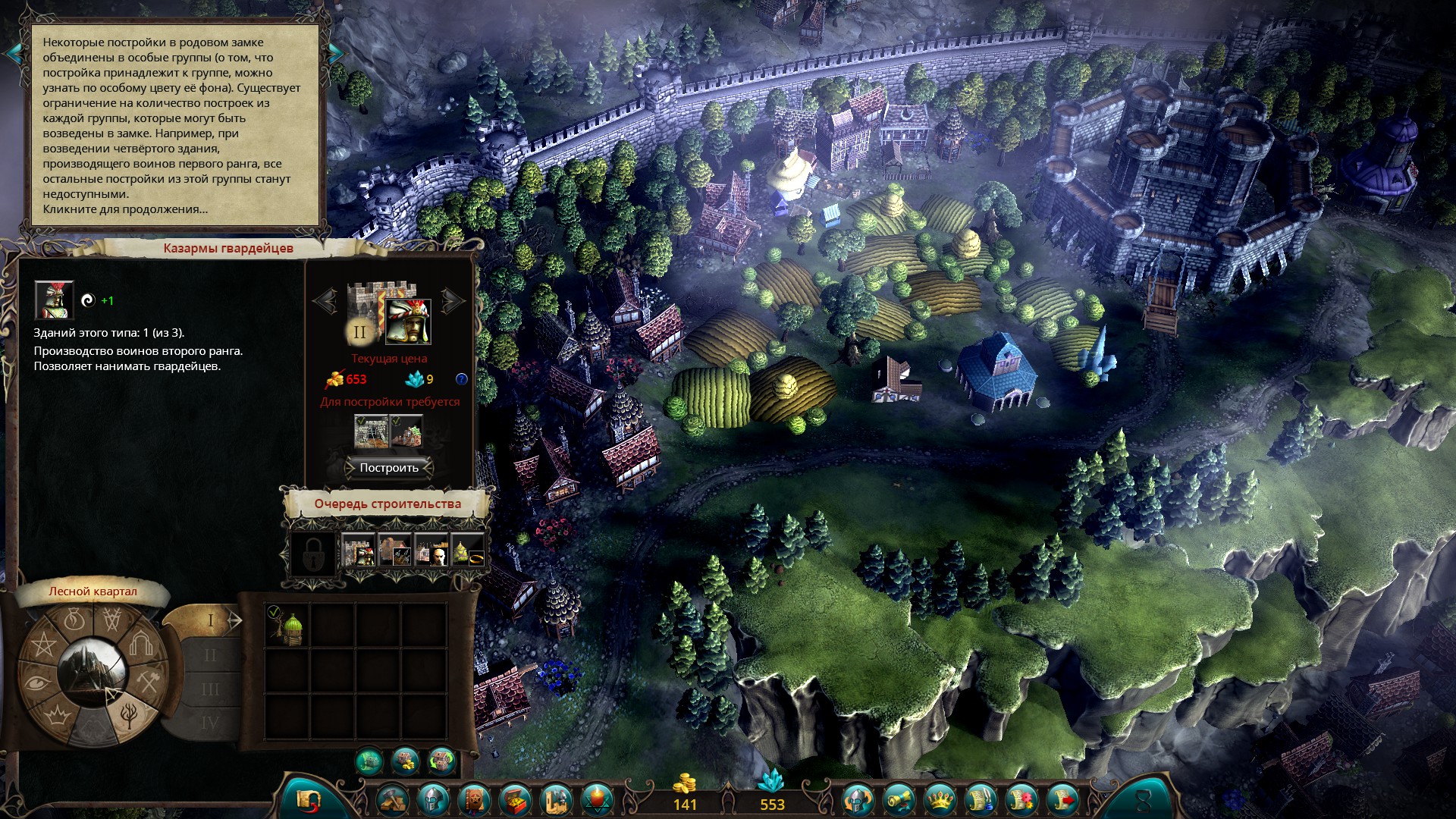
In all other respects, “Eador: Masters of the Broken World” is a complete celebration for fans of classic turn-based fantasy strategies.
You can play, and in large quantities, and in small doses, and however you like, as long as there is taste.
Share
Discuss
More Reviews


